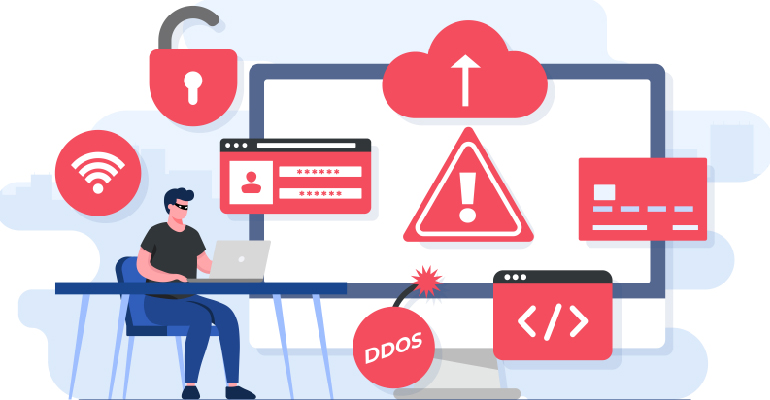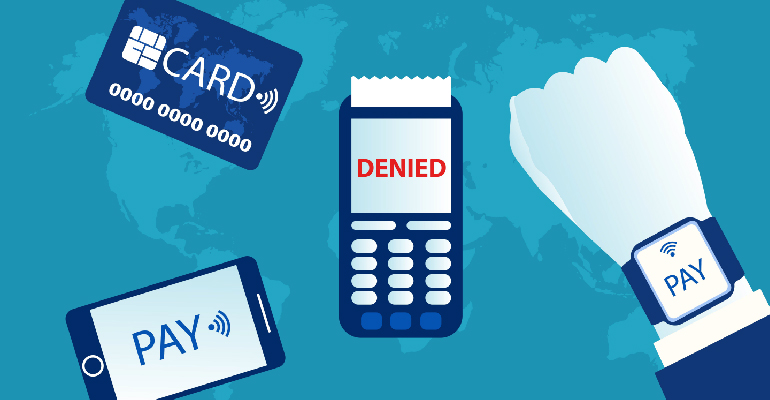- Home
- Services
- Application Security Testing Services
- Infrastructure Security Testing Services
- Cloud Security Testing Services
- Internet of Things (IoT) Security Testing Services
- Performance and Load Testing Services
- Compliance Testing Services
- DevSecOps Solutions and Services
- Operational Technology (OT) Security Services
- Virtual CISO Consulting Services ( vCISO Services)
- StrongBox Academy – Cybersecurity Awareness Training
- Solutions
- Compliance-as-a-Service
- Modshield SB (WAF)
- Resources
- Contact Us









